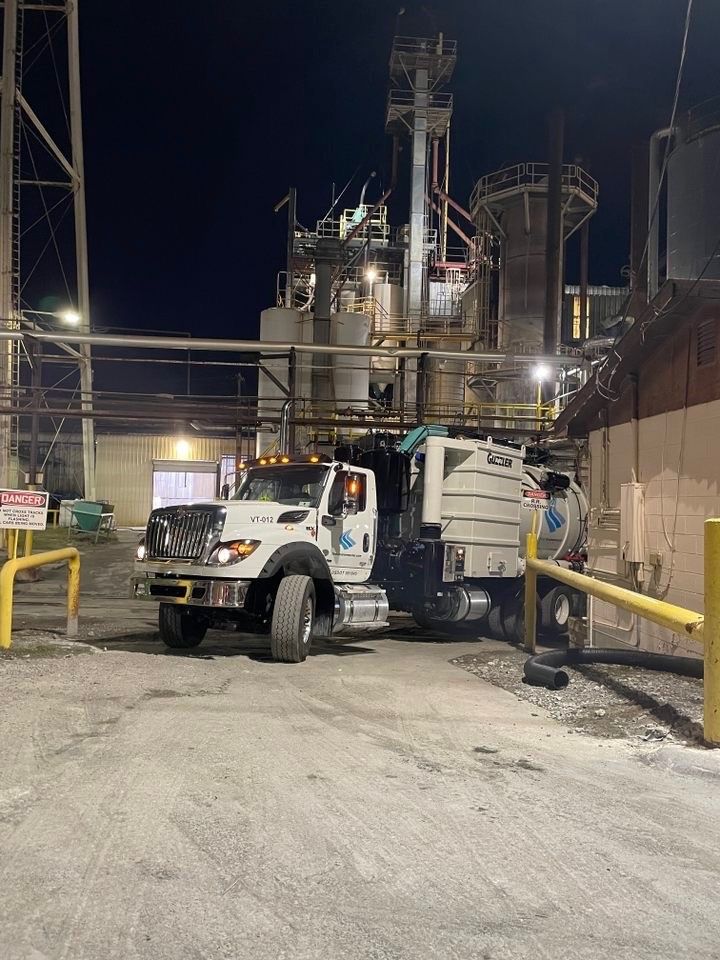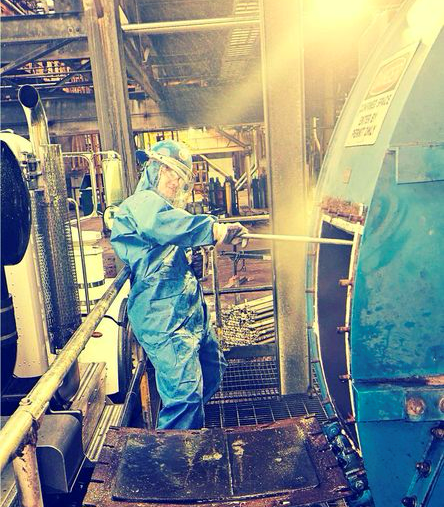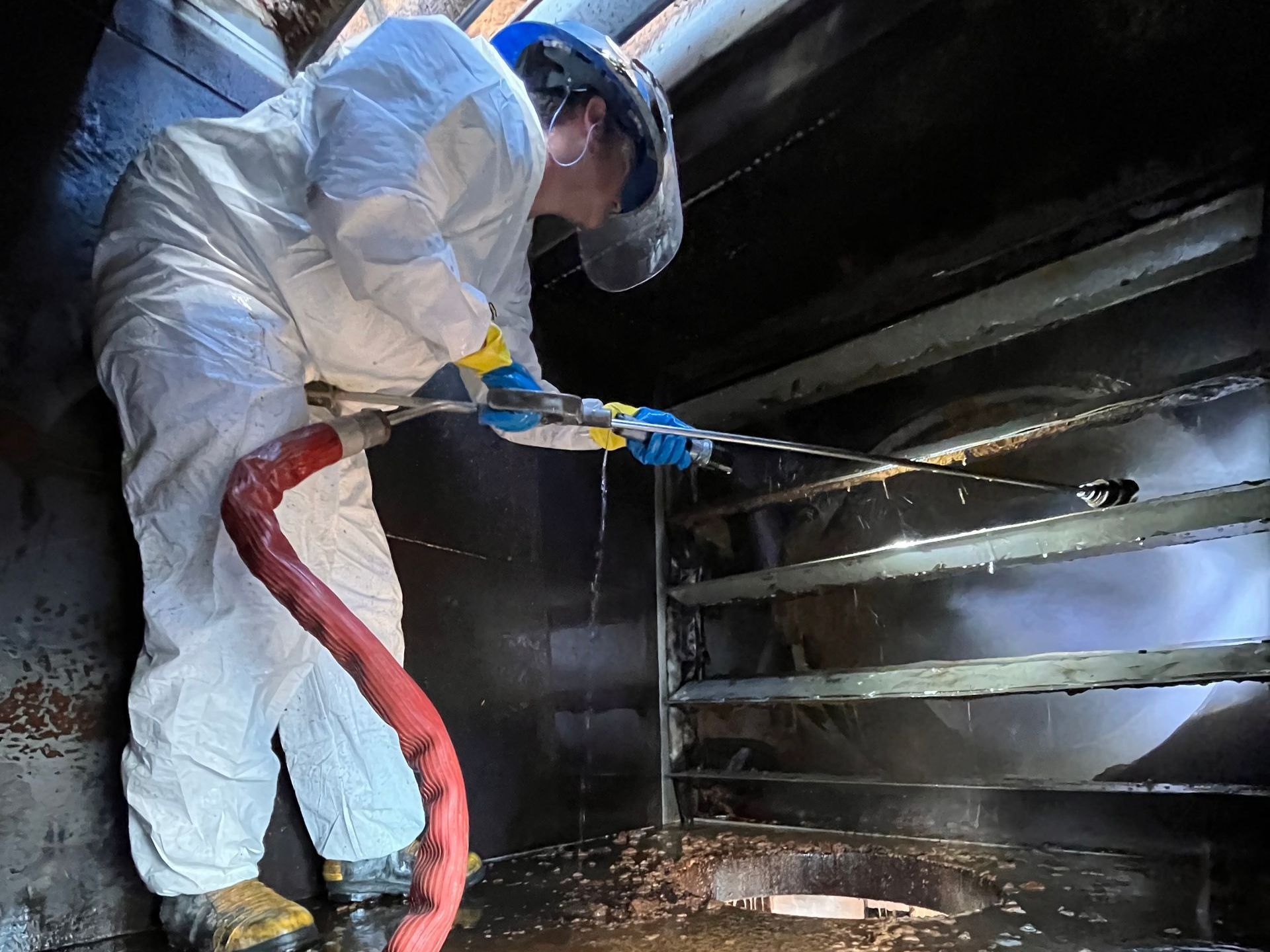Personnel for Environmental and Industrial Cleaning Support
As we start up 2023, we thought it might be good to discuss the nature of our business and our personnel. Our people are why we succeed in every part of our business. Sales, management, logistics, and administration all contribute, but it is our team in the field that is where we make it happen every day. Therefore, let’s learn about our team and when they may be a need for your company.
Culture
Choosing the right personnel is a challenge and one we take pride in. We develop talent, and we seek professionals, but mostly we are looking for teammates that are willing to work hard and achieve greatness for ourselves and our customers. The work we do isn’t easy. Starting each day before dawn requires an attitude of effort. Making sure we have everything needed for the job before arriving involves preparation, knowledge, and logistics. Arriving on-site on time means time planning that counts for traffic, weather, and surprises. We are developing the expertise for every job we encounter, including water-blasting, vacuum work, ductwork cleaning, confined space entry, transportation, dust removal, asbestos & heavy metal dust abatement, line lancing, spill clean-up, environmental remediation, etc. Each comes with experience and attention to detail. Our supervisors are experienced across various industry needs and are leaders. We get a lot of work done in a one-day shift. This doesn’t happen by accident. We spend time and effort to find the right “team” that is willing to get it done. We take pride in our work and love to hear from our clients about what we’ve accomplished and why they love us. For us to provide exceptional service, we need to give our team the tools to succeed.
Training
It starts with safety, and our guys get put through the paces from the very beginning. OSHA governs safety compliance. OSHA training is the starting point, but training encompasses so much more. We operate in PPE (personal protective equipment) every day starting with what we consider the basics: eye protection, hearing protection, hard hats, safety boots, gloves, hi-viz vests and add on various job-specific safety items including respirators, face shields, harnesses, chemical meters (H2S, LEL, O2, etc…), special gloves, FR gear, breathing gear, etc… While we start with the basics, everything we use gets trained on, and it goes beyond that to include hazard-specific training around activities such as: working at heights, fall protection, confined space entry/rescue, heavy metal dust removal, asbestos abatement, HAZWOPER, etc… It also includes our equipment like vacuum trucks, pressurized water work (water-blasting at 10K, 20K, 40K and pressure washing at lower pressures up to 5K) as well as manual processes such as scraping, jackhammering, air chisels, etc… First Environmental has several trainers with specific experience in all of these areas to make sure our team is equipped with practical knowledge and application.
Team
Our guys work together. That starts with our field guys scoping projects and our safety/compliance and QC maintenance procedure during the job. Everyone comes together to create an approach that is experienced, hard-working, efficient, and safe to deliver a successful project every time. During different outage seasons, it’s impressive to watch the teams achieve timely results when the customer must get work done in a limited window. It is both a challenge to our team and a reward for our client when we consistently get the job done on time and within budget without requiring change orders, which is always our goal. A typical team is a supervisor, an operator, and 1-2 technicians. Supervisors lead the team and can perform all the functions. Operators are usually associated with a piece of equipment such as water blasters, vacuum trucks, and excavation equipment, and technicians do a lot of the heavy lifting.
Wrap-Up
First Environmental works closely with our customers to be the most-effective approach to helping them. We want our customers to save money by choosing the best option for the job. We do our part to make it easy for you. We want to work for you, and we want you to see the difference First Environmental can make for you. We would be glad to look at any of your industrial cleaning projects and give you an opportunity to work with our team in 2023!
To schedule an industrial cleaning service or to speak with a representative about other industrial cleaning services call First Environmental today.





